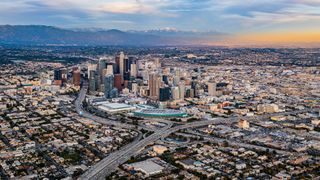Earthquake news, features and articles
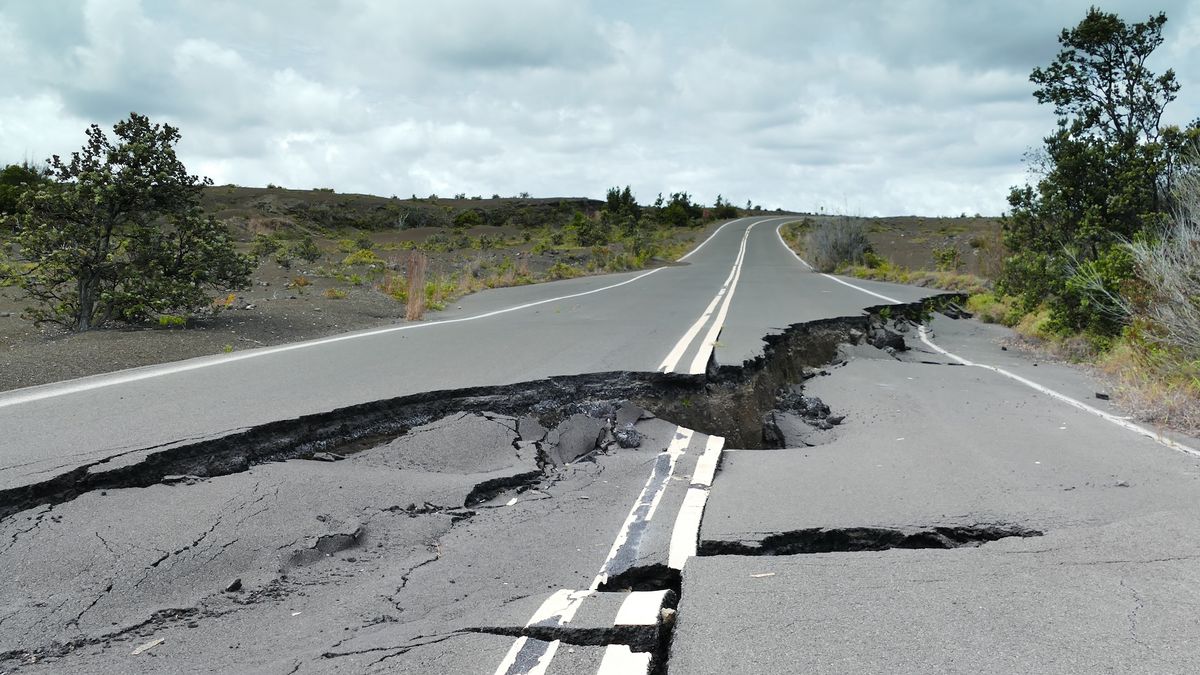
Earthquakes can range from a gentle tremor beneath our feet to violent shaking that razes cities and generates deadly tsunamis. These unpredictable events are among our planet's deadliest natural disasters, so understanding them is of vital importance. Our expert writers and editors tell you about the science behind seismic waves, take you through the largest recorded earthquakes in history and keep you updated on the latest earthquake research — whether it's a story about an "invisible" earthquake that caused a mysterious tsunami, the deepest earthquake ever detected or the earthquakes that could be unleashed by the San Andreas Fault. At Live Science, there's always news, features and articles about earthquakes for you to read.
Discover more about earthquakes
Latest about Earthquakes

Creepy 'ghost lanterns' in South Carolina are not what they seem, study suggests
By Pandora Dewan published
The Summerville ghost lanterns have mystified locals for generations. But geologists may have finally cracked the case.
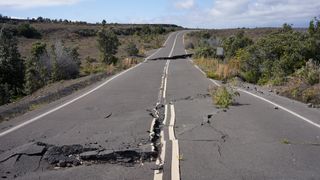
Earthquakes: Facts about why the Earth moves
By Stephanie Pappas published
Discover interesting facts about how big earthquakes can get, why earthquakes happen, and why they're so hard to predict.
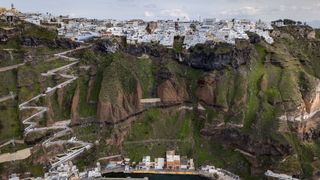
'We've just seen earthquake after earthquake after earthquake': Santorini earthquake swarm intensifies but likely won't trigger volcano
By Patrick Pester published
Santorini's earthquakes are intensifying as a rare earthquake swarm continues to rattle the Mediterranean's Aegean Sea. The earthquakes are probably caused by faults rather than volcanic activity.

Santorini is having a swarm of tiny earthquakes. Is the Greek isle about to erupt?
By Stephanie Pappas published
An uptick in seismic activity on the volcanic island of Santorini has raised concerns about a potential eruption.
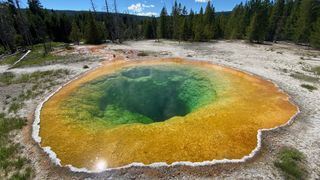
Yellowstone National Park earthquake shakes hottest and oldest geothermal area
By Patrick Pester published
A minor earthquake has hit Yellowstone National Park, and some people in the region experienced a tremor. The magnitude 3.9 earthquake struck near Norris Geyser Basin, which has a history of quakes.
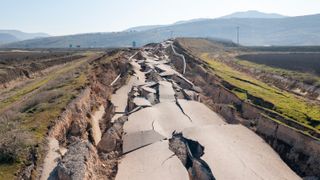
Scientists find hidden mechanism that could explain how earthquakes 'ignite'
By Stephanie Pappas published
How does creeping stress ignite a cataclysmic earthquake? A new study has answers.
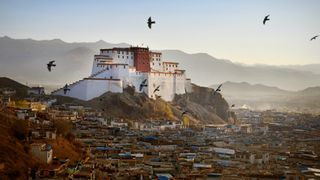
Tibet earthquake: Deadly magnitude 7.1 quake hits holy city of Shigatse
By Patrick Pester published
A huge magnitude 7.1 earthquake has hit the holy city of Shigatse, or Xigazê, in the autonomous region of Tibet in China.
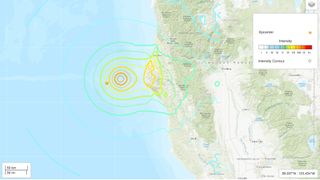
Massive magnitude 7 earthquake strikes off California coast
By Laura Geggel published
A magnitude 7 earthquake struck off the coast of Petrolia, California on Thursday (Dec. 5).
Sign up for the Live Science daily newsletter now
Get the world’s most fascinating discoveries delivered straight to your inbox.

